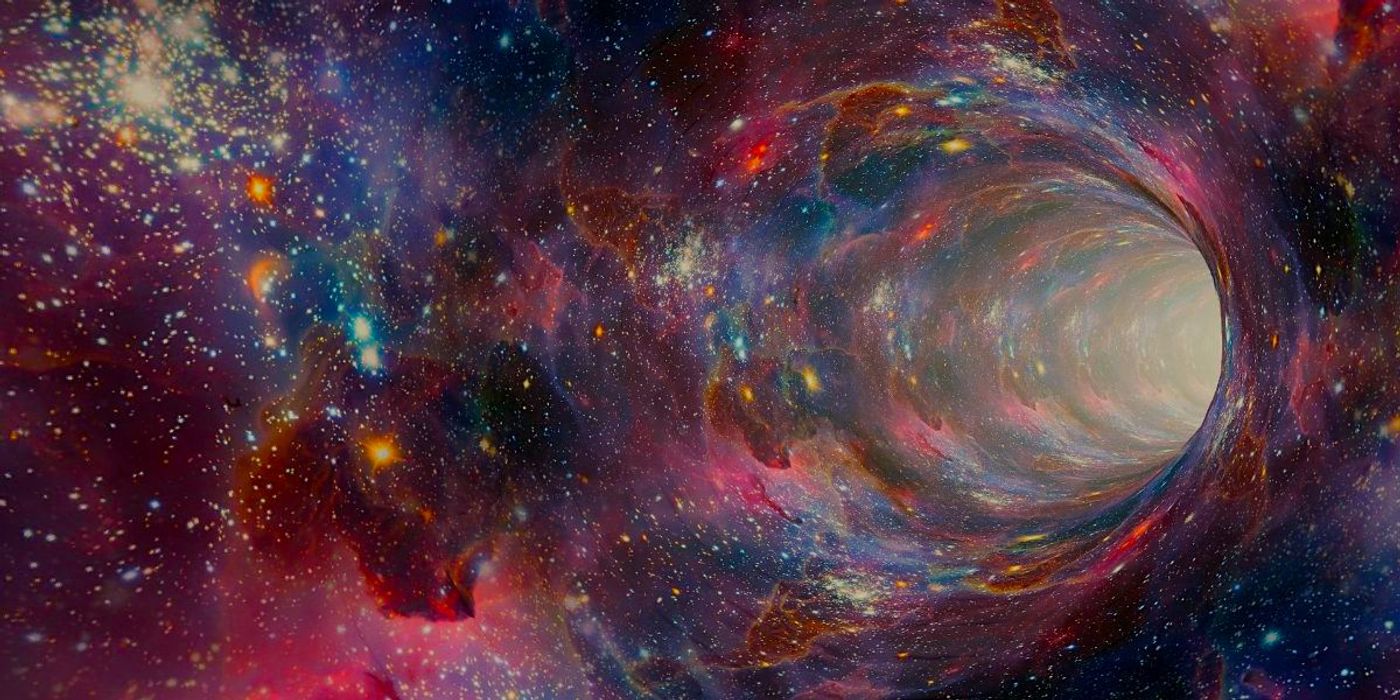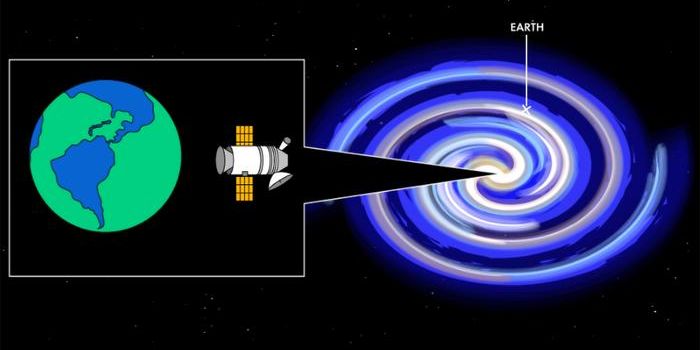The Closest Black Hole to Earth Isn't a Black Hole After All
Earlier this year, astronomers reportedly identified the 'closest black hole to Earth every discovered'. However, upon closer analysis, they have now discovered that it isn't a black hole after all and instead is one star orbiting another.
The system, named HR 6819, is located around 1,120 light-years away from Earth. Initially, astronomers thought it was a single star of the Be spectra type- a hot, blue-white star on the main sequence whose spectrum contains a strong hydrogen emission line. However, in the 1980s, they noticed that the object also seemed to exhibit a light signature of B3 III star.
This led to findings in 2003 suggesting that HR 6819 is a two-star system instead of one lone star. Another analysis then found that the B3 III star has a 40-day orbit, although the Be star was motionless. At roughly the same mass- 6 solar masses- the researchers expected them to orbit a mutual center of gravity, as opposed to one orbiting the other.
As such, after further calculations, astronomers thought that the B3 III star could instead be orbiting a third object- a black hole. Some astronomers disagreed with this hypothesis, however, saying that the B3 III star may actually be of a lower mass than the Be star and thus orbit it. For this to be the case, this orbital motion would be almost imperceptibly detectable in the hydrogen gas surrounding the Be star.
This in mind, astronomers Douglas Gies and Luqian Wang from Georgia State Univerity set out to find if this is the case. As such, they studied the hydrogen emission in the system's spectrum. In doing so, they found that the hydrogen disc around the Be star matched their suspicions. The Be star displayed a 40-day periodicity in both Doppler shift and emission line shape, matching B3 III's orbit.
Since being confirmed by another two independent papers, the finding appears to be increasingly robust- and refuting of the 'black hole interpretation for HR6819. While future observations may resolve any lingering questions, astronomers Gies and Wang argue that such a binary system could be more interesting to study than a black hole in any case.
"The luminous and low-mass companion in the HR 6819 system may represent a rare and important case in which the companion has recently completed mass transfer and has yet to descend to the white dwarf cooling stage of evolution," they wrote in their paper.









